PUTRAJAYA, May 17 — In November 2020, Raj (not his real name) started feeling the symptoms of bile duct cancer or cholangiocarcinoma – light-headedness, heartburn and a sudden weight loss of almost 30kg – which forced him to quit his job as an electrical technician.
Receiving the cancer diagnosis after a health screening and computerised tomography (CT) scan felt like a bad dream for the 37-year-old father of two.
He was given urgent chemotherapy, but after two treatments, developed ascites and had to have a pigtail drain inserted to remove the fluid accumulated in his abdomen.
Following this, he received a platelet transfusion because he was critically low on platelets and chemotherapy was discontinued.
A nurse and his wife are now providing him with palliative care because the cancer is inoperable.
According to Hospital Universiti Sains Malaysia (HUSM) Kubang Kerian hepatopancreaticobiliary specialist, Dr Ikhwan Sani Mohamad, the cancer can form in the bile duct within the liver (intrahepatic cholangiocarcinoma), at the base of the liver (hilar/proximal cholangiocarcinoma) or near the end part (distal cholangiocarcinoma).
He said it is a rare cancer that develops mainly in people aged 50 – 70, and men.
There is a 2 per cent incidence of bile duct cancer worldwide, or 1 case per 100,000 population, with hilar cholangiocarcinoma being the most common at almost 50 per cent.
“Patients are not usually diagnosed with bile duct cancer because the symptoms are nonspecific in the first two months of experiencing pain.
“The common complaint is stomach pain or a twisting pain which is often mistaken for gastritis.
“After two to three months, once the cancer has invaded the body, it can cause an obstruction in the bile duct. Usually jaundice develops, urine turns a teh O pekat (dark brown) colour and there’s body itching,” he told Bernama.
Dr Ikhwan, who is also a lecturer and surgical consultant, said the main symptom to watch out for is jaundice (yellow disease) in adults, which would be abnormal because it normally occurs in newborns.
He said only 20 – 30 per cent of patients with bile duct cancer recover after a delayed diagnosis, or put another way, two to three patients in 10 get treatment at the right time based on international data.
He said the risk factors include a congenital disorder like swelling of the bile duct, parasitic infection, hepatitis, cirrhosis, tobacco smoking and obesity.
He said only surgery can help a patient recover, but there are risks because it is a complex, five- to nine-hour procedure as the bile ducts are close to important organs like the liver, pancreas and duodenum.
“Patients judged as inoperable will have to accept palliative care or treatment to help ease symptoms – like jaundice or intolerable pain – for a better quality of life.
He said bile duct cancer patients should keep away from fatty and greasy food, as well as red meat and organ meat, to prevent overburdening the liver.
Conceding that cholangiocarcinoma awareness is lacking, Dr Ikhwan advises to seek treatment as soon as possible if suffering from constant stomach pain over two weeks or more, jaundice or see a change in urine colour.
“Patients and their family members should continue staying positive and benefiting from social support. Strengthen your faith and consider joining a cancer support group,” he urged as well.
Sources: BERNAMA

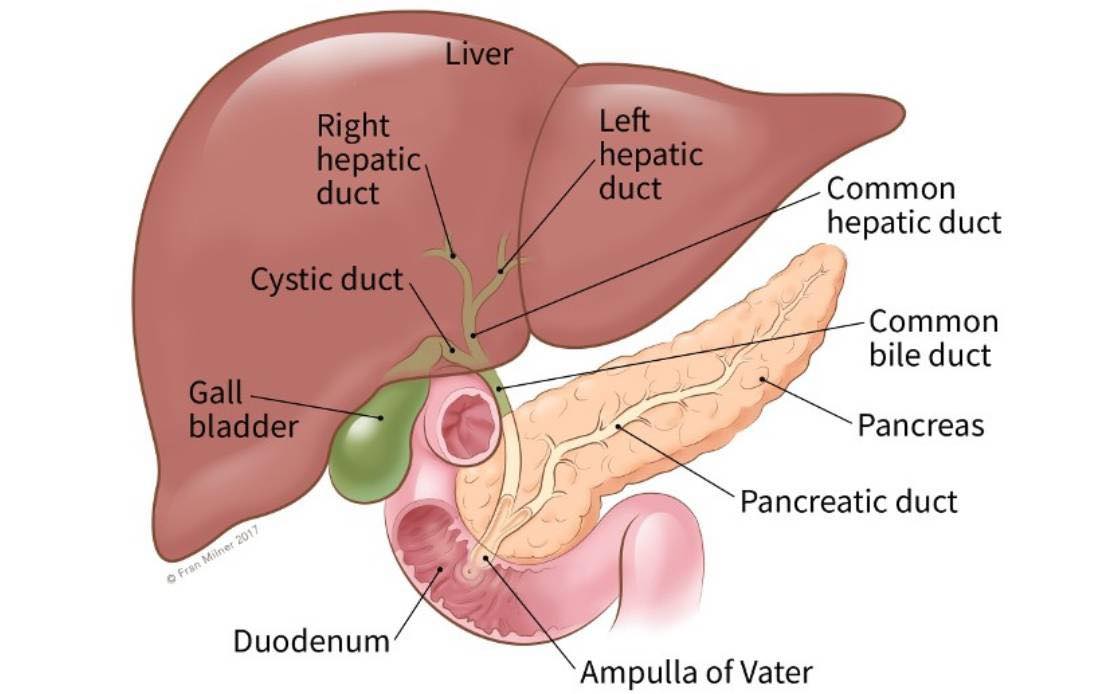


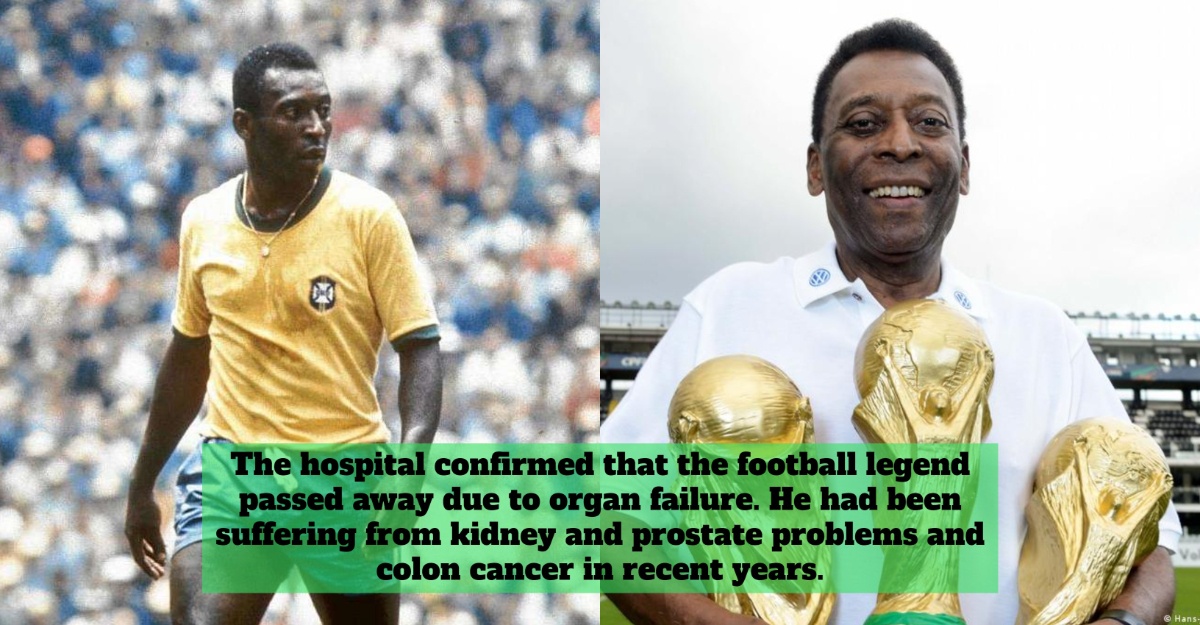

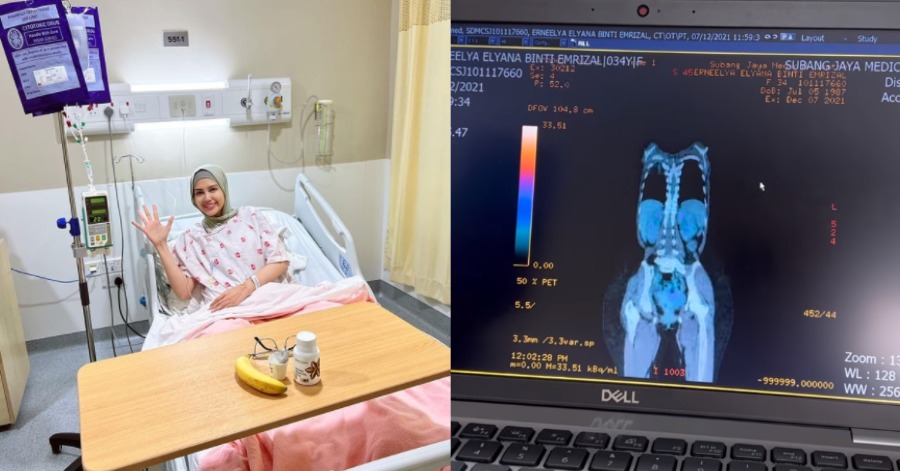
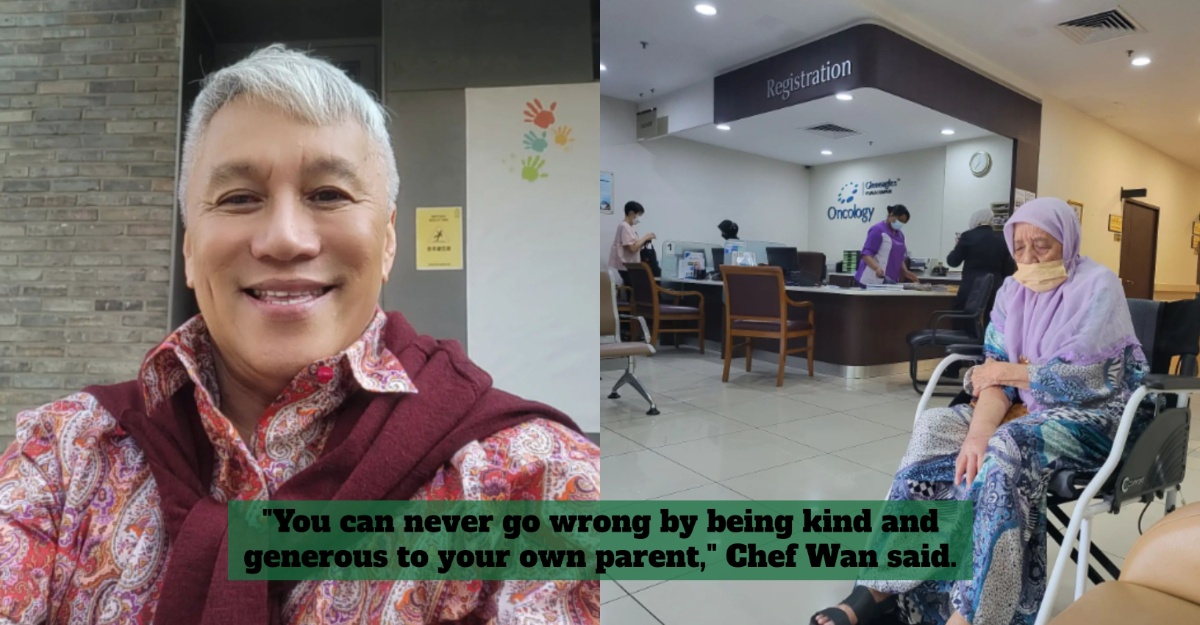
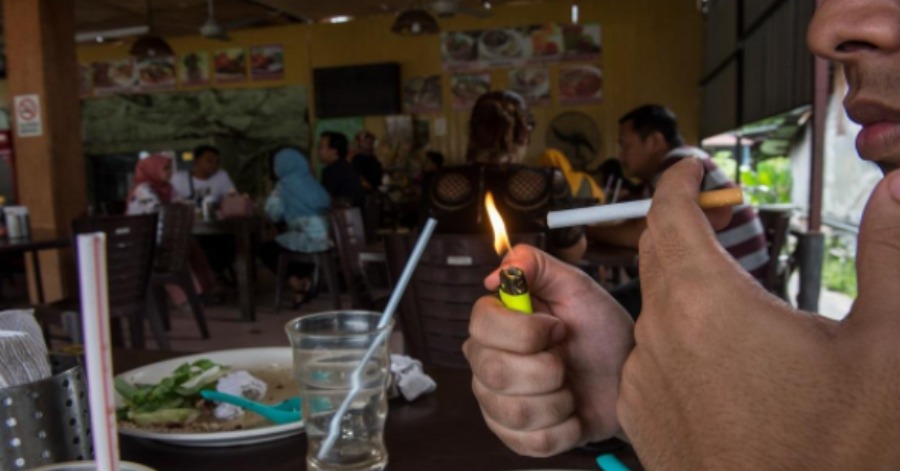
Leave a Comment